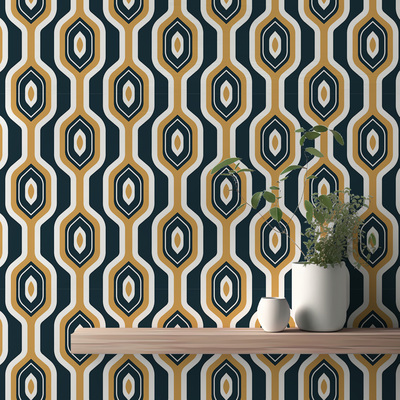Categories
Tags
-
#wallpaper for walls
#peel and stick wallpaper
#modern wallpaper
#Removable Wallpaper
#abstract wallpaper
#PeelAndStickWallpaper
#Floral Wallpaper
#KIds Wallpaper
#rainbow wallpaper
#Forest Wallpaper
#Bedroom Wallpaper
#accounting service provider
#wall decor
#Art and Design Wallpaper
#Botanical Wallpaper
#wallpaperforwalls
#Surface Wallpaper
#marble Wallpaper
#Thematic & Styles Wallpaper ideas
#peelandstickwallaper
#modernwallpaper
#trendywallpaper
#cartoon animal wallpaper
#halloweenwallpaper
#officewallpaper
#bedroomwallpaper
#geometricwallpaper
#Jungle wallpaper
#cloud wallpaper
Archives
Textured Abstract Wallpapers – Adding Depth and Dimension to Yo
-
Flat, lifeless walls are becoming a thing of the past. Homeowners and designers are now leaning toward textured abstract wallpapers that bring character, depth, and a three-dimensional feel to interiors. These wallpapers aren’t just about color—they introduce visual weight and layered style that can reshape a space instantly.
Whether it’s rough brushstrokes, layered patterns, or illusions of texture, abstract designs work well in all kinds of interiors—from minimal to maximal.
Why Choose Textured Abstract Wallpaper?
Unlike traditional prints, textured abstract wallpaper adds visual intrigue. It creates a focal point, especially in rooms where furniture and lighting are kept simple. This design choice is perfect for those who want art on the wall without hanging a single frame.
As highlighted in The Art of Design: Must-Have Statement Wallpaper Trends, today’s wallpapers are no longer just background elements. They’re bold design choices. Textured abstract designs fall right into that category—they set the tone for the entire room.
Making Your Space Feel Larger and Richer
Certain textured wallpapers use shadow effects, layering, and depth illusions to make small rooms feel bigger. For example, wallpapers mimicking rough concrete, distressed paint, or flowing brushstrokes stretch the visual plane, drawing the eye further into the room.
The article Wall Art Reimagined: The Rise of Artistic Wallpaper Designs explores how artistic wallpapers are evolving. It notes that texture can soften hard architecture and introduce warmth without overwhelming the space. This approach makes abstract wallpaper a powerful tool in modern interior design.
Where to Use Textured Abstract Wallpaper
Here are a few effective placements:
-
Living Rooms: Choose organic swirls, layered brushwork, or mineral-inspired textures for depth.
-
Bedrooms: Use muted, textured tones like soft grey or blush with abstract forms to create a calm, cozy atmosphere.
-
Dining Areas: Try bold texture effects in monochrome or metallic tones to add drama and style.
-
Hallways & Entryways: Set the tone with striking textures like linen effects, cracked paint, or layered graphics.
As featured in Dynamic Wall Art: The Rise of Contemporary Art Wallpaper, bold visual choices like these are gaining ground across modern homes and creative studios.
Mix with Lighting and Furniture
Textured abstract wallpaper pairs beautifully with minimalist furniture and strategic lighting. Downlights or wall sconces can highlight the highs and lows of textured prints, especially when using materials that mimic raised surfaces or brushed finishes.
Keep your furnishings simple—neutral tones or sleek metallics—so the wall remains the main attraction. This contrast helps balance boldness with sophistication.
Conclusion
Textured abstract wallpaper brings more than just color—it introduces feeling, rhythm, and movement into your space. It’s a thoughtful way to make walls feel alive without overpowering the room. From brushstroke illusions to layered tones, this wallpaper style adds a modern and artistic touch that fits both residential and commercial interiors.
-





